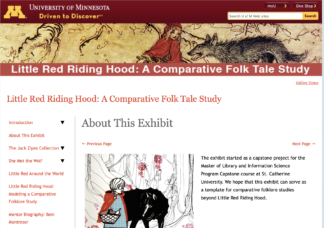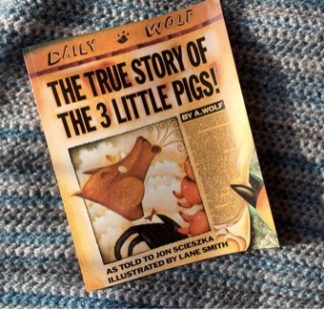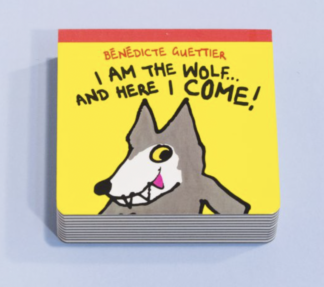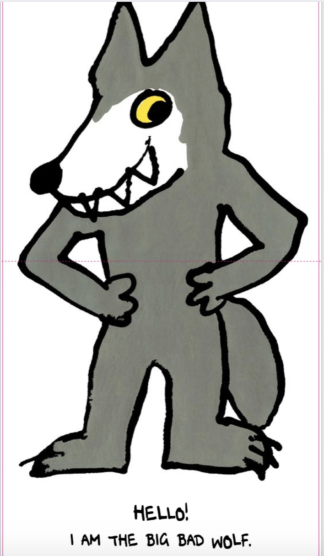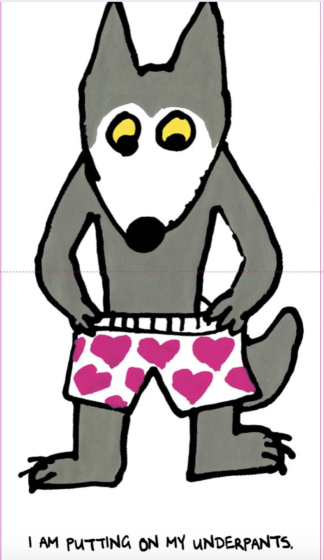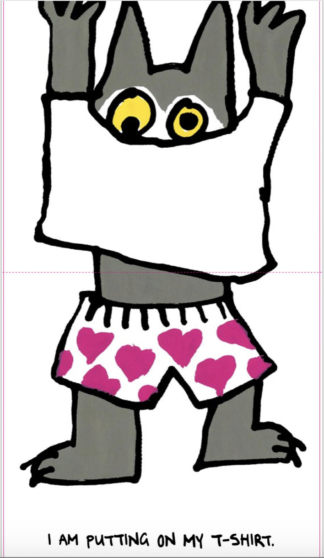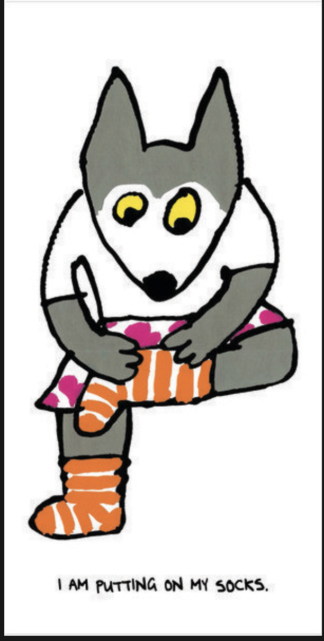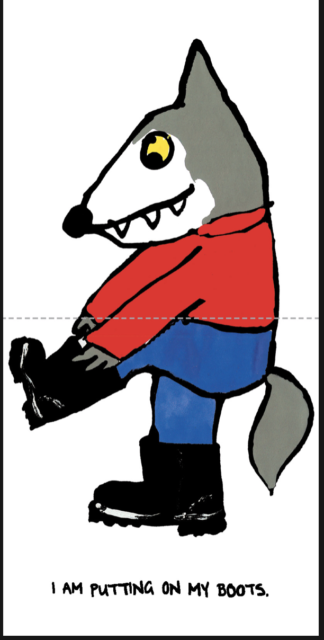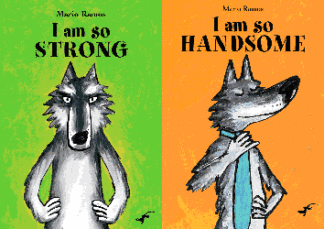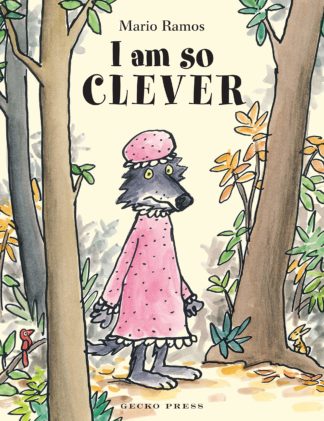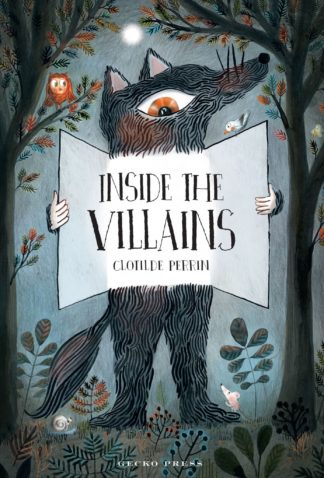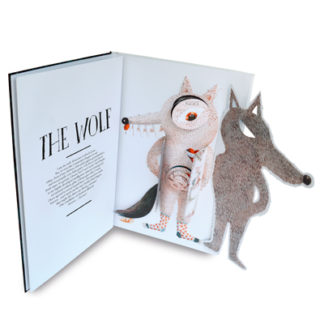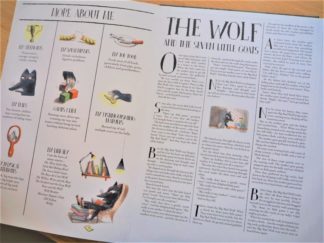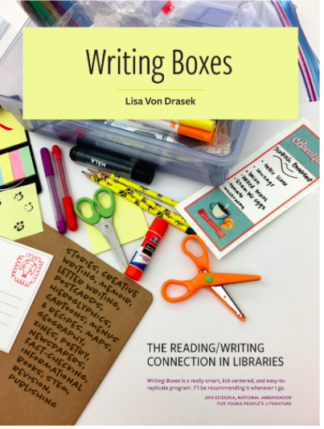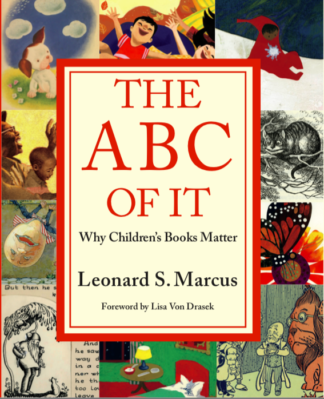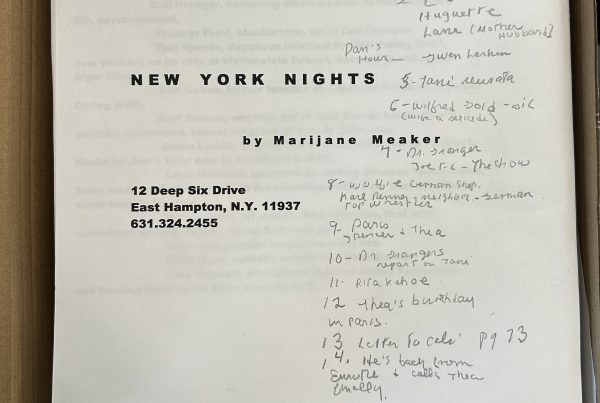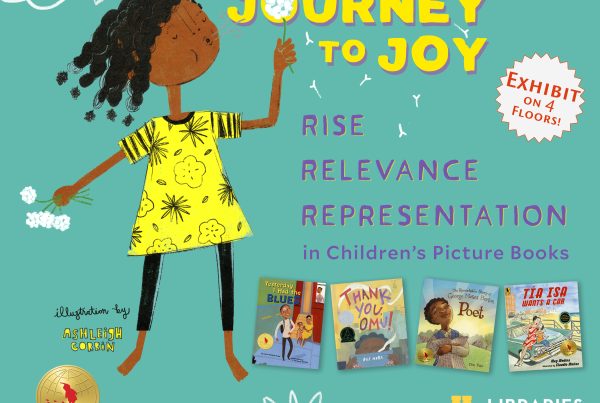Storytelling
Storytelling is one of the tools in the children’s librarian box for supporting literacy in our family clientele. For some attendees to story time programs it is the first time reading aloud has been modelled for the grown-ups. Story time is permission to share culture, big feeling, big and small words, and revel in the art of the picture book.
One well-known story is Little Red Riding Hood. For background and a comparison of numerous versions see Little Red Riding Hood: A Comparative Folk Tale Study http://gallery.lib.umn.edu/exhibits/show/lrrh/about
In this digital exhibit we explore re-telling of this story of the little girl who disobeys her mother dallying on the way to her grandmother’s house and (spoiler alert) gets eaten by a wolf.
Who is the bad guy?
The wolf. The wolf is ALWAYS the bad guy.
Look at the Three Pigs and the Big Bad Wolf. Better yet, read Jon Scieszka’s True Story of the Three Pigs by A. Wolf illustrated by Lane Smith
As kids listen to the unreliable narrator, they are not fooled. That wolf is BAD.
Gecko Press
That brings me toI am the Wolf and Here I Come. Gecko Press is a New Zealand press dedicated to works from around the world and are distributed in the United States by Lerner Publishing. (https://lernerbooks.com/Pages/gecko-press) That means as a reviewer on the Blue Ox Review (https://www.continuum.umn.edu/kerlan/) I receive review copies from Ellen Myrick (http://www.publisherspotlight.com/about-us/)
This is important because independent presses like Gecko need to garner attention in the very crowded field of children’s books.
I Am the Wolf… And Here I Come!
Written and Illustrated by Bénédicte Guettier
This is a small hand-sized board book. A chunky square that opens vertically doubling in size.
The narrator introduces himself as the Big Bad Wolf. As we flip open the pages, we observe the Big Bad Wolf getting dressed for the day. He put on his underpants decorated with pink hearts,
and his T-shirt,
then his orange striped socks,
then his blue trousers.
The book is recognizable to any young child as a “getting dressed” concept book. Until the very last page when the wolf turns very, very bad. Perfect pacing and the surprise ending make this one a story time favorite. Don’t forget to read aloud the closer on the back cover. “Yum Yum! Snap the book shut to keep the wolf inside.”
I Am So Clever By Mario Ramos
This is the third in the wolf “I am” trilogy where the narcissist wolf proclaims his cleverness.
As readers may recall in the title, I am Strong, Wolf strides through the forest declaring he is the strongest animal, meeting up with recognizable storybook characters like Red Riding Hood, the three pigs, and the seven dwarves from Snow White. Readers love the silliness, the ah- ha moments, and the bragging wolf’s comeuppance in the end.
I am So Clever, is a closely fractured Red Riding Hood Tale. We begin with the wolf lurking in the forest, greeting Little Red Riding Hood. Mr. Wolf warns her of the dangers that lurk in the forest including sharks. Little Red tells him not to be silly and goes on her merry way. Meanwhile Mr. Wolf hurries to grandmother’s house. Grandmother isn’t there and the wolf dresses in grandmother’s clothing.
This where the story turns to the absurd as the wolf becomes locked out of the house dressed in a pink nightgown. The nightgown proves impossible to remove and we discover that a big bad wolf dressed in frills and lace is not so scary after all.
Not to three little pigs,
not to three bears,
not to seven dwarves,
not to Sleeping Beauty’s prince,
and certainly not to the huntsman.
Inside The Villains Written and Illustrated by Clotilde Perrin.
First of all, this is a really, really, really big book. How big? Sixteen inches tall. Fourteen inches wide. The physical book is a triumph in bookmaking. Three storybook villain’ are portrayed: The wolf, the giant, and the witch. The intertextual connections abound.
For Example: The Wolf
On the right-hand side of every double page spread is an illustration of the antagonist that is a lift-the-flap wonder. Literally, all the things that are inside the wolf. Lifting up wolf’s fur reveals grandma’s sleeveless nightie. A spiral pull from his stomach area uncovers dimly lit room packed with a grandma, six goats, three pigs and of course Little Red Riding Hood. It is labeled “Misery-guts” The wolf’s head contains his “brilliant ideas” to trick his potential meals like disguises, short-cuts, and blowing hard.
On the facing page is a short first-person account of who they are in conversational language. “I am the wolf. Everyone is afraid of me. Yes, it’s true that I sometimes happen to eat (okay, devour) lost children, little pink piglets, grandmothers and occasionally even baby goats.”
The lovely surprise is under the facing page is a gatefold. For the wolf, an engaging retelling of The Wolf And The Seven Little Goats ( a variant of a Brother Grimm story) takes center stage. The back of the wolf’s autobiography titled, “More About Me” reads like stats from a baseball card. “My Strengths: Perseverance, courage, savagery, cruelty cunning. My Fears: Fire, hunters, children more cunning than me, cauldrons of boiling water. My Physical Attributes: Big stomach, big muscular lets, big ears, big bright eyes, and above all big teeth (well-filed, no cavities.)
Writing Boxes
Writing Boxes: The Reading/Writing Connection in Libraries provides ideas and workshops on how to inspire children and teens to put pen to paper. It is available as a free download. (https://z.umn.edu/WritingBoxes)
I am always on the hunt for mentor texts (https://z.umn.edu/MentorTexts) for my Writing Box programs. Inside Villainsis the perfect writing prompt.
Inside the Villains Writing Box Program
Preparation
Step 1: Gather fairytales and folktale picture books and collections.
Step 2: Cut heavy stock paper into fourths to create “baseball cards.” Using markers or crayons, create an example of a character card with a drawing of the character on one side and a list of attributes on the other.
Step 3: Check Writing Box supplies.
The Workshop
Step 1: Place fairytales and folktales on display. Be sure to include titles that reflect cultural and global diversity.
Step 2: Read aloud the story “Wolf and the Little Goats” from Inside Villains
Step 3: Discuss what we know about the wolf from the story and read aloud the autobiography and a few of the sections from the attributes page.
Step 3: Model making a “baseball card” of the wolf character or suggest other fairy-tale characters like Coyote the Trickster or Anansi the Spider that the attendees might like to describe. Draw a picture of the character and then on the other side
Step 4: Give the writers markers, crayons, paper, and mentor texts. If writers are stuck for ideas, help them with labeling or with suggestions.
Step 5: Give a five-minute warning for cleanup. Remind writers when the Writing Boxes are available to use in the library. Clean up the area and put away supplies.
Step 6: Take a few minutes to share the work.
University of Minnesota Libraries Publishing
To download the free e-book Writing Boxes: The Reading/Writing Connection here
University of Minnesota Libraries Publishing Services is here to support our affiliates’ creation of scholarly publications. They provide consultations about general publishing questions, and they publish a number of journals, books, dynamic scholarly serials, and textbooks through our University of Minnesota Libraries Publishing imprint.
Free Downloads of Monographs and Text Books.
https://www.lib.umn.edu/publishing/monographs

